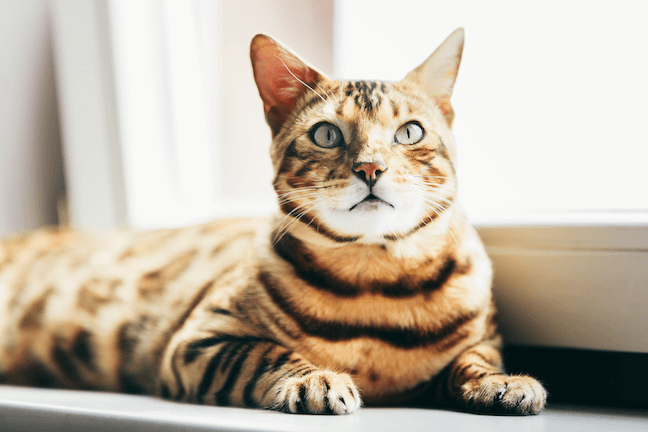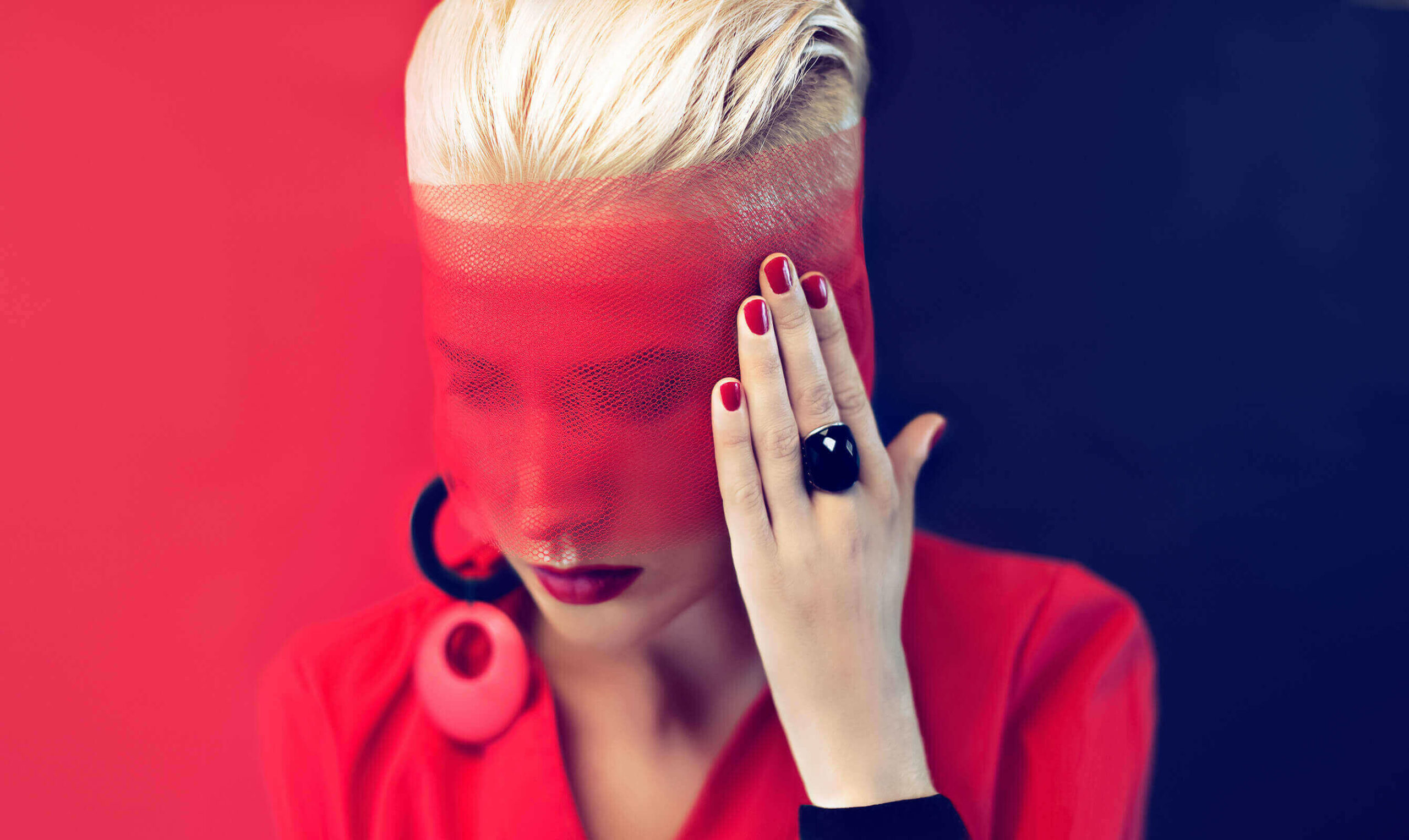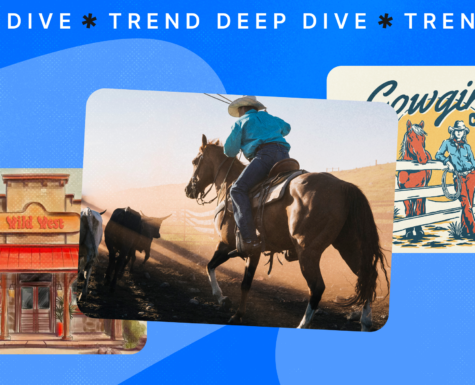Commercial Guide for Photos

As an Author, it is important to know how you can turn your passion into a business by meeting the needs of your customers in a meaningful way. This means ensuring photographs meet commercial demand and reflects what customers are looking for online.
This guide will explore some of the things you should know to help grow your photography business on Envato and better meet the needs of customers. These include: Focusing on Authenticity and Understanding Niche Photography.
How to Create Authentic Photos
Authentic stock photography is the art of capturing an image that appears to be ‘in the moment’ and ‘real.’
Authentic style photos departure from the traditional stock style of posed models and artificial lighting, and puts the emphasis on natural light, ‘real life’ situations and set-ups.
Things to Avoid
- Overly posed, staged, or cliche subject matter
- Unnatural or forced facial expressions
- Noticeably artificial lighting
- Scenes and scenarios that you wouldn’t expect to find in daily life.
Use Natural Lighting
Natural light can help the viewer connect with your image and is a good way to create authentic photos.
Shooting with natural light requires careful planning, take time to consider the time of day and weather conditions to get the best results. Taking the time to plan your photo sessions takes time, but is worth it.

Author Credit: photocreo
Be in the Moment
Authentic photos look spontaneous, even if they’re staged. It shouldn’t feel like the image was planned to perfection, but that it was simply captured at the perfect time and we are witness to that special moment.

Author credit: vadymvdrobot
Shallow Depth of Field
While some see the shallow depth of field as a passing fad, it is often the hallmark of an authentic photo. Using shallow depth of field can make a photo feel three-dimensional, and mimic human vision.
It draws attention toward the point of interest and builds the feeling of location and being physically present during that captured moment in time.

Author credit: peus80
Capture Real People and Real Expressions
Facial expressions can make or break a photo’s authenticity, and anything that feels forced or unnatural is unlikely to sell.
More and more customers are looking for photos that feature real, believable people, that are true to the subject matter and scenario.

Author Credit: Pressmaster
Try Using Fresh Perspectives
Try revisiting existing concepts and themes that have been overly done and staged to death with a fresh pair of eyes, and bring them back to their most simple, natural form.

Author Credit: Sunny_studio
Use Real Photos
One easy way to tell that a photo isn’t authentic… is if it isn’t actually a photo! We know it’s important for customers looking for actual photos to be able to easily find them, and so images that are actually static images of vector graphics or illustrations won’t be accepted on PhotoDune (you can still submit the original vector files to GraphicRiver).
Of course, we understand some subjects and environments are simply difficult if not impossible to capture in real life, so we’ll be making exceptions for 3D Renders, photo manipulations, and digital composites that are highly realistic, believable, and demonstrate a clear concept and unique value.

Author Credit: EvgeniyaPorechenskaya
Understanding Niche Photography
It can be difficult to decide what material to shoot and where to focus your efforts for the best chance of commercial success. The good news is that generally all of our research and analysis points to the fact that customers are looking for a very broad and diverse range of photos, so chances are someone out there is looking to license and use what you shoot.
There’s no one single genre, style, or characteristic of a photo that is king (other than the authenticity of course!), and generally, customer demand is spread relatively evenly across this wide spectrum of content.
Cream of the Crop
While there’s definitely a broad need for all types of photos, there are still some areas and aspects that tend to float just above the rest.
- Technology
- Corporate & Business
- Family, Lifestyle, Fashion
- Architecture, Nature & Travel
- Education, Health & Medical
- Food
Play to Your Strengths (and your available resources)
While it can be tempting to simply go for what’s most popular, we always recommend sticking to what you’re best at and what makes your photographs unique.
Keep in mind your strengths aren’t just your skill or experience, but your physical location, connections, relationships, and available resources as well. Take advantage of subjects or settings that you might have easier access to than most other photographers. For example, if your cousin is a woodworker or your best friend’s sister owns a catering company, you might want to showcase those particular subjects in greater depth.
Diversify
We all know it’s not always best to put all your eggs in one basket. But also consider that there’s more than one kind of egg out there as well. If you’re able to build a broad portfolio across multiple subject areas that are great, however, there’s also lots of diversity to explore within any one specific genre. So when you’re ready to explore something new, you might try looking inward as well as outward.
For example, if you’re an expert food photographer with a portfolio of all perfectly prepared and presented dishes, you might next branch out into where that food comes from and dive into agriculture and farming. Or you might work to diversify by capturing dishes and styles of cooking from different cultures all around the world. Having a diversified portfolio will usually increase your chances of success, but it’s also a good idea to make sure that diversity has real structure and purpose.
Photoshoots
As customers needs have grown and the needs of digital projects have become larger and more complex, we’re seeing customers looking for multiple or collections of photos that are consistent and able to work well together (e.g. across multiple web banners or an entire marketing campaign). Being able to choose from a variety of related photos from the same photoshoot is an easy way to provide customers with the consistency and flexibility they need, without much additional time or effort on your part.
However customers also want to find what they’re looking for quickly, and while browsing within a photoshoot can help, having to dig through an entire season’s worth of images does not, especially if many of the images are nearly identical or of mixed quality.
We encourage you to capture and upload a selection of photos from a photo shoot, however it is very important to curate your images before they are submitted, where each one you ultimately choose offers something unique (e.g. a different emotion, pose, props, setting, perspective, and/or time of day).
Important to remember:
Variations of the same photo that have simply been flipped, rotated, cropped, or processed differently should not be submitted. Submitting photos or variations that are too similar will be considered spamming, and your photos, upload rights, or account may be suspended.
Copy Space
Quite often your photos will need to be combined with text and other elements and used as part of a larger visual design, be it an advertisement, product packaging, website header, or anything else. Photos that leave enough negative space to make room for additional text (aka “copy space”) will provide greater value and ease of use to these kinds of customers. It isn’t always necessary and won’t work for every photo, but if the subject and setting of your photo allow for it you should consider framing and composing a few shots with copy space and designers in mind.
Similarly, while it’s a good idea to crop out and remove any distractions or unwanted elements to enhance the subject of your photo, avoid over-cropping your photos from a purely artistic point of view. When in doubt, aim at the wider side to leave enough room and/or copy space to provide customers with the flexibility to adapt the photo to their various needs (e.g. unusually sized web banners or ad spaces). It’s pretty easy for a customer to further crop an image themselves, and nearly impossible to uncrop, so if possible it’s usually a good idea to make sure the subject is fully visible and in a frame, and even with a bit of extra room to spare.
If an image is isolated on a white background, the opposite would be recommended as negative space can easily be added if required, and often these images are used on a white background, so the negative space becomes irrelevant.
Customization
Still thinking of that designer customer, it can be helpful to consider other ways that your photo might be edited, manipulated, processed, or combined with other visual elements. It may be tempting to overlay your own text or graphics on top to flesh out a concept, but it’s always best to upload the original photo so that customers are able to easily work them into their own designs.
If you think your photo would significantly benefit from added text or graphics, and you’ve got the design chops to pull it off yourself, consider creating a customizable graphics template or mock-up based on your photo(s) and submitting it to GraphicRiver. Rather than trying to guess and create every possible combination of text, font, color scheme, and graphics possible and uploading them as dozens of static images, you can create a single ready-to-use template with editable layers and smart objects that will provide customers with unlimited options and flexibility here.
Similarly, if you’ve gone through the effort of carefully isolating your subject, why not preserve that value and pass it onto the customer? Rather than compositing and flattening it over every possible background and environment you can think of (which we will not accept, as being too similar), consider submitting it as a separate isolated object, or keeping the clipping path intact within the original JPEG file itself. Or perhaps even as a composite-ready transparent element in a well thought out and highly customizable graphics template on GraphicRiver.
Color Filters
Trends come and go. It’s important to avoid pushing the processing too far, as what might look very trendy at the moment might not be so trendy next year or the year after. It’s okay to use color filters to give your photos a personal touch or convey a specific style or mood, but images that are processed to look more natural tend to age better and will likely find a larger audience in the long run. With the accessibility of powerful photo editing tools available these days, customers are quite easily able and often prefer to further process the images themselves to meet their specific needs.
Important: Do not submit multiple versions of the same photo simply with different color filters applied. These would be considered too similar and potentially spamming, where your photos, upload rights, or account may be suspended.
Saturation and Competition
No, we’re not talking about making your photo colors brighter and more vivid here, but the fact that lots of subject matter is already overproduced and oversaturated in stock photography, and that when choosing what photos to shoot and submit it’s important to consider competitive factors and what other similar photos might already be available.
Generally the more common the subject, the more selective we will be in acceptance, not to mention the more challenging it will be to catch a customer’s eye and be successful. For more saturated subject matter here, you’ll want to make sure your photo is able to stand out from the crowd. You can always search the marketplace in advance to see what types of photos may be in lower supply and less saturated, as well as take note of the immediate competition and what might make your photos unique.
This article was originally published on the Author Help Center. To read the full Commercial Demand for Photos Guide, click here.
If you have any questions, want to continue the conversation or share your favorite tips, jump over to the forums and connect with your fellow author community.






